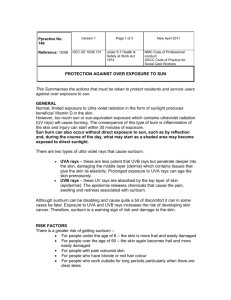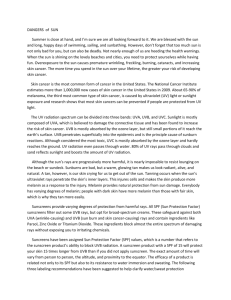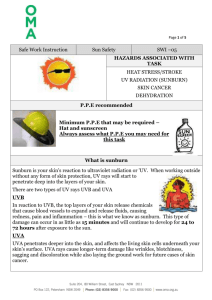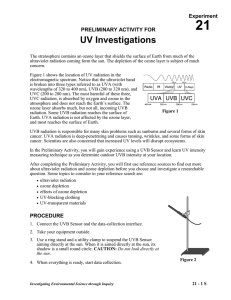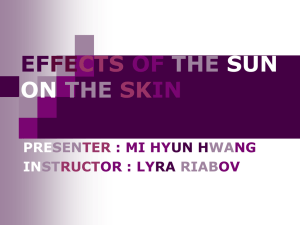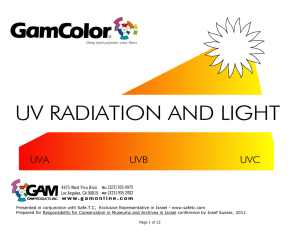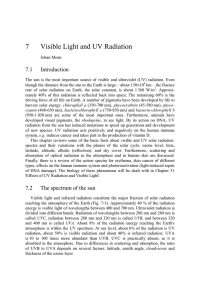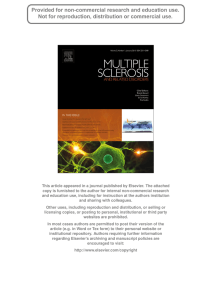UV rays
advertisement
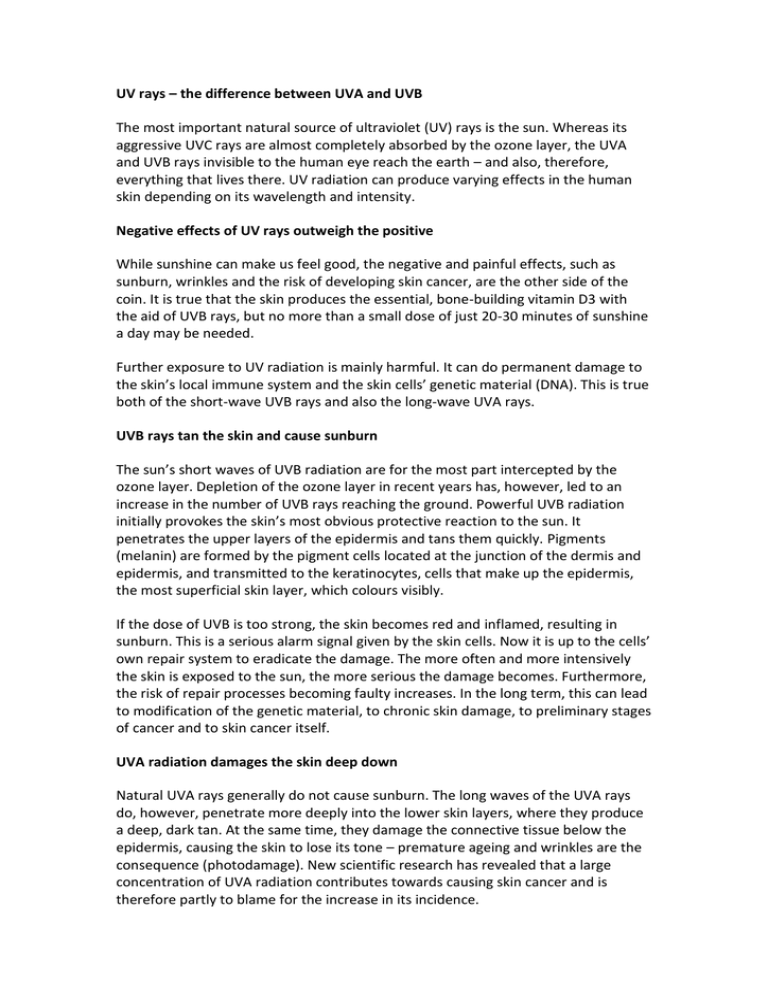
UV rays – the difference between UVA and UVB The most important natural source of ultraviolet (UV) rays is the sun. Whereas its aggressive UVC rays are almost completely absorbed by the ozone layer, the UVA and UVB rays invisible to the human eye reach the earth – and also, therefore, everything that lives there. UV radiation can produce varying effects in the human skin depending on its wavelength and intensity. Negative effects of UV rays outweigh the positive While sunshine can make us feel good, the negative and painful effects, such as sunburn, wrinkles and the risk of developing skin cancer, are the other side of the coin. It is true that the skin produces the essential, bone-building vitamin D3 with the aid of UVB rays, but no more than a small dose of just 20-30 minutes of sunshine a day may be needed. Further exposure to UV radiation is mainly harmful. It can do permanent damage to the skin’s local immune system and the skin cells’ genetic material (DNA). This is true both of the short-wave UVB rays and also the long-wave UVA rays. UVB rays tan the skin and cause sunburn The sun’s short waves of UVB radiation are for the most part intercepted by the ozone layer. Depletion of the ozone layer in recent years has, however, led to an increase in the number of UVB rays reaching the ground. Powerful UVB radiation initially provokes the skin’s most obvious protective reaction to the sun. It penetrates the upper layers of the epidermis and tans them quickly. Pigments (melanin) are formed by the pigment cells located at the junction of the dermis and epidermis, and transmitted to the keratinocytes, cells that make up the epidermis, the most superficial skin layer, which colours visibly. If the dose of UVB is too strong, the skin becomes red and inflamed, resulting in sunburn. This is a serious alarm signal given by the skin cells. Now it is up to the cells’ own repair system to eradicate the damage. The more often and more intensively the skin is exposed to the sun, the more serious the damage becomes. Furthermore, the risk of repair processes becoming faulty increases. In the long term, this can lead to modification of the genetic material, to chronic skin damage, to preliminary stages of cancer and to skin cancer itself. UVA radiation damages the skin deep down Natural UVA rays generally do not cause sunburn. The long waves of the UVA rays do, however, penetrate more deeply into the lower skin layers, where they produce a deep, dark tan. At the same time, they damage the connective tissue below the epidermis, causing the skin to lose its tone – premature ageing and wrinkles are the consequence (photodamage). New scientific research has revealed that a large concentration of UVA radiation contributes towards causing skin cancer and is therefore partly to blame for the increase in its incidence. Contributor: Dr John Paoli, john.paoli@vregion.se
